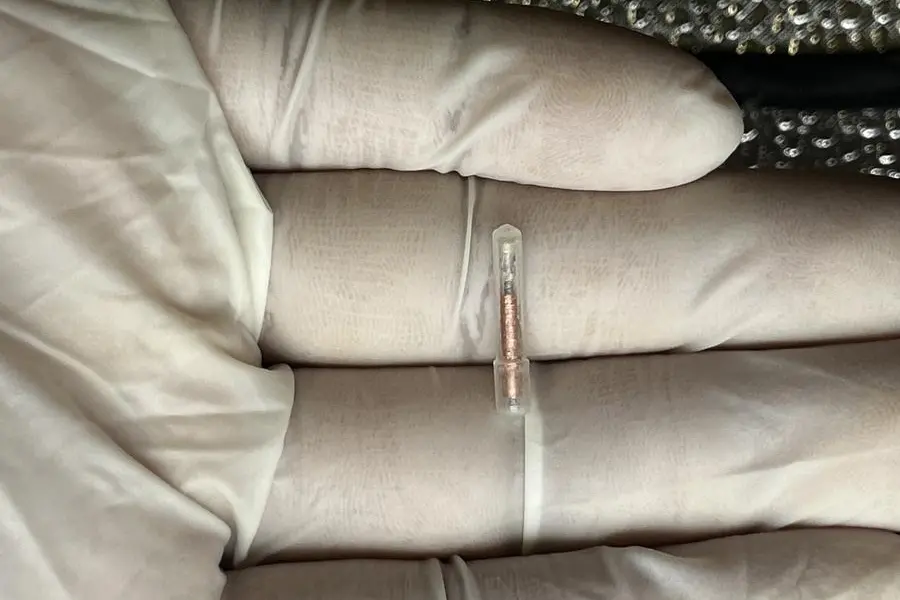-
A study led by the American University of Sharjah has claimed to have improved fuel cells for hydrogen-run cars that increases their efficiency and life manifold
-
Current polymer-electrolyte fuel cells function at 800C,which leads to liquid build-up inside them
A study led by the American University of Sharjah has claimed to have improved fuel cells for hydrogen-run cars that increases their efficiency and life manifold, said local reports on Sunday, July 4.
Recently published in the International Journal of Hydrogen Energy, the study was reportedly a collaborative effort by AUS, University of Sharjah, UAE University, and the University of Wisconsin.
The reports quoted Amani Al-Othman, Associate Professor in Chemical Engineering at AUS, as explaining the achievement with the example of a fuel-cell car that uses hydrogen as fuel, where the running of the engine produces water instead of polluting gases.
“The problem with current polymer-electrolyte fuel cells is that they function at a temperature of 800C because their membranes cannot tolerate higher temperatures. At the same time, this low temperature leads to liquid build-up inside the cell,” said Al-Othman, who also led the research team.
“In the long run, this can limit the fuel cell operation and lead to corrosion,” he explained.
“Our research focuses on developing new and less expensive membranes that can sustain higher temperatures of 2000C to maintain operation, which means that water vapor will be produced, rather than liquid. This way the fuel cells will last longer, be available at a lower cost and produce clean energy,” he said.
Al-Othman is now reportedly looking to further test the membranes.
He was quoted by the reports as saying: “The membranes are made up of lower-cost composite materials, and we now need to identify the best combination of low-cost materials to use and test in a high-temperature hydrogen fuel cell.”








